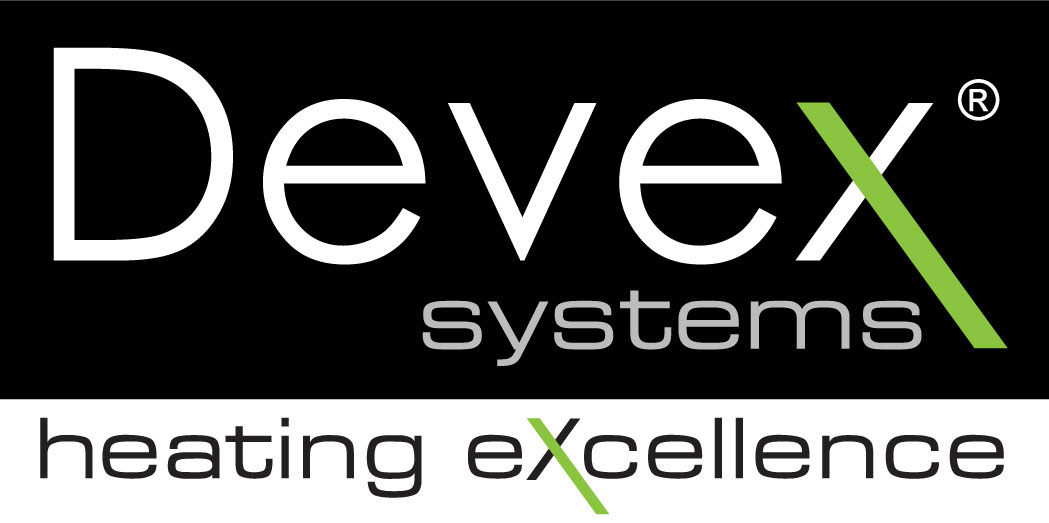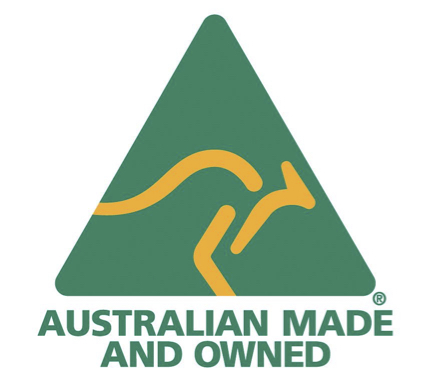Electric Floor Heating – What You Need to Know!
Question 1:
Does the heating cause structural damage such as cracking of the slab or tiles?
Answer:
No. A properly designed floor heating system does not overheat the concrete or tiled surface. The concrete is typically heated to a maximum temperature in the range of 25°C to 45°C, much less than the temperature a concrete footpath would experience on a hot sunny day.
Question 2:
Is it possible for the heating cable to become faulty or burn out?
Answer:
If the system is properly designed and installed, and it is controlled by a floor sensing thermostat, the cable will not be allowed to run hot enough to cause damage.
Question 3:
If the heating cable is damaged can it be repaired?
Answer:
Should a cable be damaged either during or after construction, the location can be detected using special testing equipment. Repairing a cable is normally straight forward and can usually be confined to a small area.
Question 4:
Do the systems require any maintenance?
Answer:
No. They are virtually ‘maintenance free’ because there are no moving parts to break down, with no grills or ducting to clean and maintain. Compared to alternative central heating systems such as ducted gas or Hydronic systems, Devex Systems’ floor heating systems are truly maintenance free.
Question 5:
I have a tiled floor over both a timber and a concrete floor structure. Which mat should I use?
Answer:
We would recommend that each section of floor has its own ‘mat’ and thermostat. In this case, each mat would have its own floor sensor preventing an uneven temperature between the two floor areas. X mat MG 150 would be recommended for the concrete and timber floors.
Question 6:
Can I put an X mat underneath bath / shower tray / kitchen units etc?
Answer:
We do not recommend heating installed under such fixtures for a number of reasons:
1. It can inhibit the flow of heat being produced from the system
2. If ever a fault was to occur, it can be very difficult to carry out a repair.
Question 7:
Can floor heating be installed into a thin adhesive bed?
Answer:
Yes, it is possible to install a X mat on top of most existing floor surfaces, including concrete, timber, fibre cement sheet and existing tiles using a thin adhesive bed or levelling compound.
Question 9:
How long does the heating system take to warm up?
Answer:
This depends on various factors, such as:
- The type of system installed
- The output of the system versus heat loss of the room
- The distance of the cable from the floor surface
This could be anything from 30 minutes for a X mat under tiles, to 5-7 hours or more for a storage system.
Question 10:
What is the difference between twin and single conductor cables and mats?
Answer:
The difference between the two is the ‘cold tail’. With the twin conductor, there is no second connection tail to return to the thermostat. With the single conductor there is a cold tail at each end of the cable or mat and they have to be brought back together at the connection point. The twin conductors have a very low Electromagnetic radiation (EMF). Both the single conductors and twin conductor cable and mats are well within recommended EMF standards.
Question 11:
Can suspended slabs be heated?
Answer:
Yes they can. However, the exposed underside of the slab must be insulated to minimise downward heat losses. Styrofoam and/or polystyrene insulation boards are often used.
Question 12:
What value of home insulation is recommended?
Answer:
We recommend that you provide for at least the minimum requirements as set out in the Building Code Australia. We also recommend the use of perimeter and under floor insulation to the slab itself, particularly in cold areas. The higher the levels of insulation, the lower the running costs.
Question 13:
Is supplementary heating required?
Answer:
If steady 24 hour a day warmth is required, the building is well insulated and the correct electricity tariff is used, then generally no supplementary heating is required. However, timber floors may require supplementary heating because the amount of heat permitted under a timber floor is limited.
For additional information, please contact our specialists at 1800 636 091 or email our team at [email protected].






